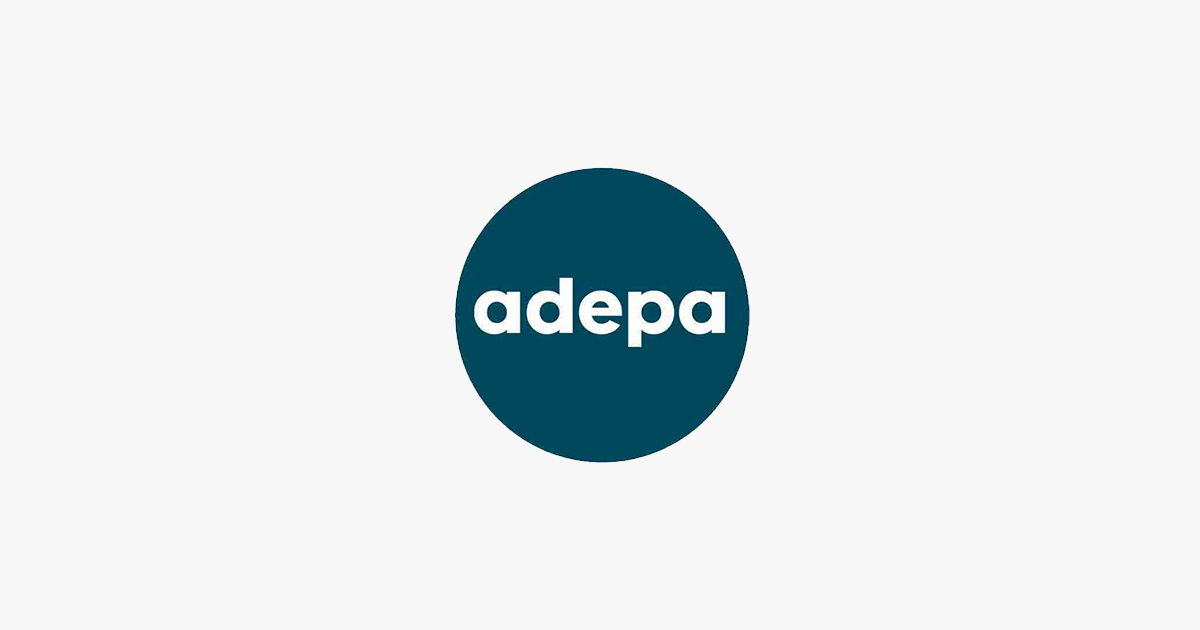Salvestrols are naturally occurring compounds found in a variety of organic fruits, vegetables, and herbs. Unlike other nutrients, Salvestrols cannot be synthesised in the body and must be obtained through the diet. However, modern diets are estimated to contain only 10–20% of the Salvestrols that were present in the diet 100 years ago.

The Need for a Salvestrol Supplement
Even with an organic diet, it is not guaranteed that individuals will receive adequate levels of Salvestrols. This is due to factors such as modern farming practices, varying soil conditions, and the harvesting of fruit and vegetables before they are fully ripe. Furthermore, Salvestrols are mainly found in the skins, peels, or rinds of fruits and vegetables—parts that are often discarded in the modern diet. Many modern fruit and vegetable varieties have also been bred to be less bitter, which has resulted in a reduction or removal of the bitter Salvestrol component.
Discovery and Research
The discovery of Salvestrols is attributed to the work of Professor Dan Burke, a research scientist with nearly 20 years of experience at Aberdeen University Medical School. His research group focused on the Cytochrome P450 enzyme system and discovered that the enzyme CYP1B1 was present in diseased cells but absent from healthy tissue. This breakthrough led to the identification of Salvestrols, a class of natural compounds found in various foods, in 2002.
How Salvestrols Work in Plants
In plants, Salvestrols play a defensive role. When a plant is attacked by pathogens, primarily fungi, Salvestrols help the plant defend itself. The pathogens contain a specific CYP enzyme, which metabolizes Salvestrols, leading to the death of the pathogen.
Potential Benefits for Humans
In humans, the CYP1B1 enzyme found in diseased cells could enable Salvestrols to enter these cells and trigger their metabolism, which may contribute to the health benefits associated with consuming Salvestrol-rich plants.
Are Salvestrols Safe?
Salvestrols are extracted from organically grown fruit, primarily from tangerine or orange peel, as well as blueberries, and are often combined with concentrated blackberry and strawberry powder. The process ensures that they are safe for consumption when used as a supplement.s
Are you a health practitioner who would like to access these products?
If you are a patient and would like to access these products, use our map to find your local Practitioner.








